Description
Play Therapy: The Art of the Relationship is the newest incarnation of Garry Landreth’s comprehensive text on creating therapeutic relationships with children through play. It details the Child-Centered Play Therapy model, which stresses the importance of understanding the child’s world and perspective. This approach facilitates the play therapy process while allowing therapist and client to fully connect. Professors who have taught a course based on the previous edition will be pleased to find the core message intact, but updated with a significant body of recent research. Expanded to cover additional topics of interest, the new edition includes:
- a full chapter on current research in play therapy
- new sections on supervising play therapists, legal and ethical issues and multicultural concerns
- 30 new photographs that show the author demonstrating techniques in-session
- practical tips for working with parents
- instructions on play room set-up and materials
- online instructor resources.
The Third Edition will feel both familiar and fresh to educators and trainers who have relied on Landreth’s text for years. The guidelines, transcripts, and case examples offered help therapists govern sensitive issues at every stage of the therapeutic process, from the first meeting to the end of the relationship.
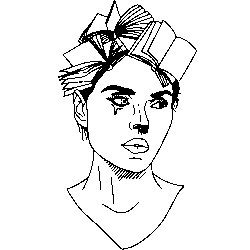
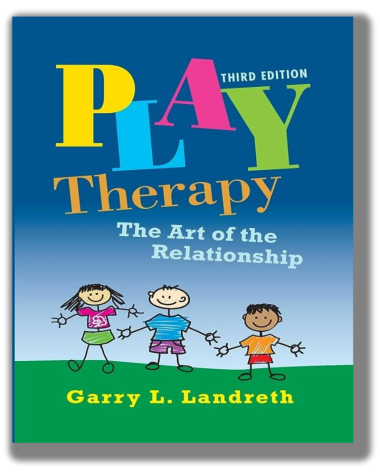
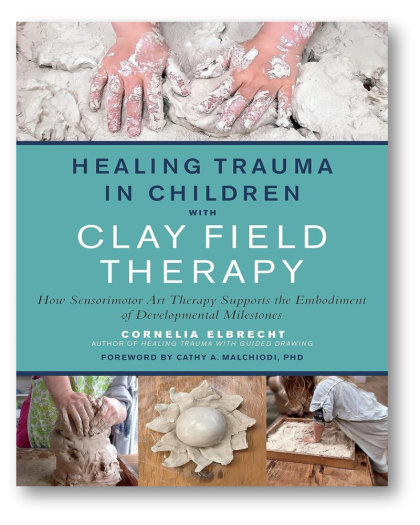
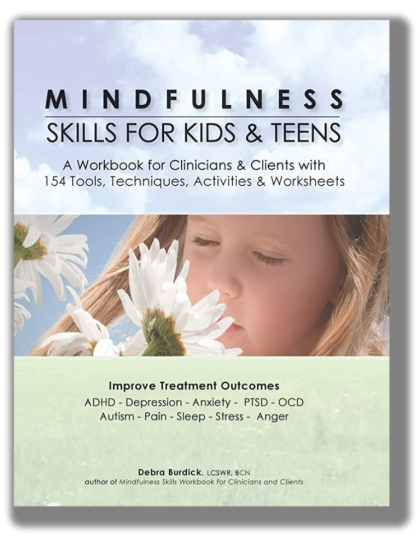
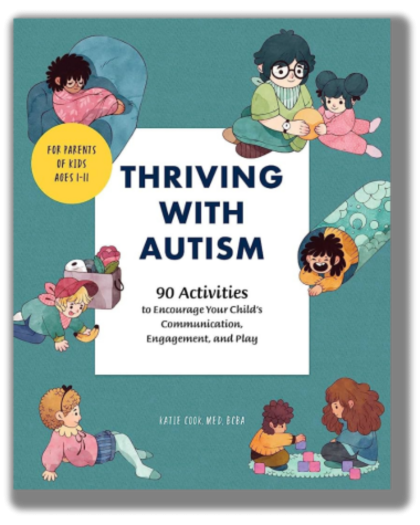
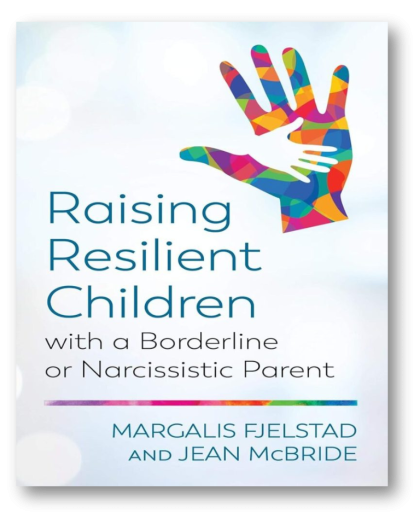
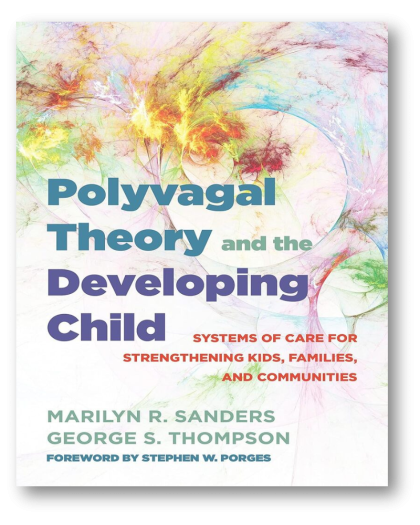

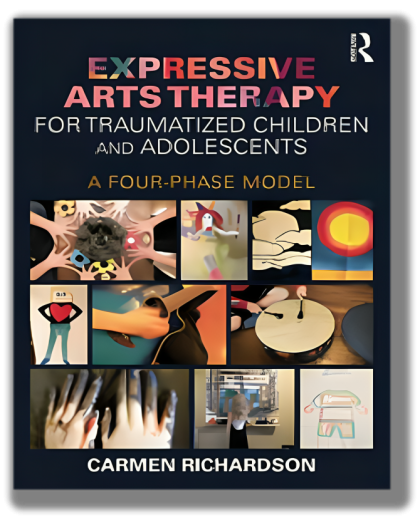
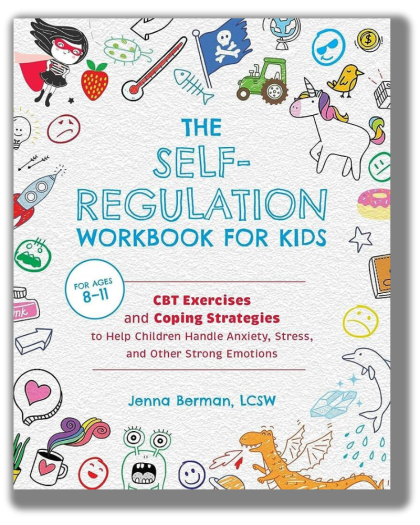

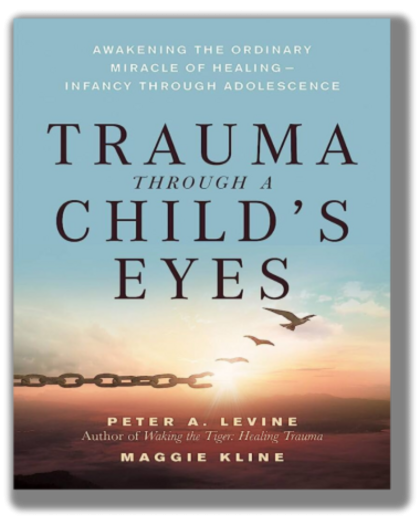
I love this book. This is my second time reading it and i have learned so much from it!!! I hate how expensive it is tho
It’s a school book nuff said
I didn’t receive a DVD with it, as per order.
Great book though
A profound journey into the road map of relationship with children struggling to be their full self. This book is practical and already produced significantly better results in my own work with traumatised children and their families.
This is a compelling and informative textbook style on CCPT. I would recommend reading it if the professionals/students are interested in working with children. This is a gem!